
Control device manufacturer IDEC has developed a high-tech dog bath system called Wan Love Yu ("Dog Love Bath"), which eliminates the need for shampoo by relying on technology typically found in industrial water treatment systems. Wan Love Yu features a special shower head that discharges water containing approximately 600,000 tiny air bubbles per cubic centimeter. At 20 microns in diameter (5 times smaller than the width of a human hair), the air bubbles are small enough to penetrate the dog's skin and hair follicles to effectively remove dirt and odor. The high-tech jacuzzi system, which consists of a special shower head and suction hose attached to a 27.5 x 27.5 x 43 centimeter main unit, is designed for use with ordinary bathtubs. The system will go on sale June 20 at a price of between 600,000 and 700,000 yen (around $6,000 to $7,000).
[Source: Fuji Sankei]

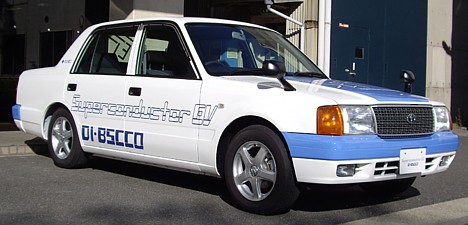
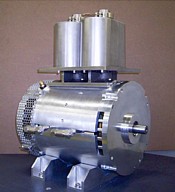 Sumitomo's motor uses high-temperature superconducting wires instead of the copper wire typically used in the coils in electric vehicle motors. When cooled to -200 degrees Celsius, electrical resistance and current loss are reduced to nearly zero, so the motor can operate with greater energy efficiency and torque -- in other words, the motor uses less electricity to do the same amount of work. The company says the prototype vehicle can travel more than 10% farther than conventional electric vehicles running on the same type of battery.
Sumitomo's motor uses high-temperature superconducting wires instead of the copper wire typically used in the coils in electric vehicle motors. When cooled to -200 degrees Celsius, electrical resistance and current loss are reduced to nearly zero, so the motor can operate with greater energy efficiency and torque -- in other words, the motor uses less electricity to do the same amount of work. The company says the prototype vehicle can travel more than 10% farther than conventional electric vehicles running on the same type of battery. 
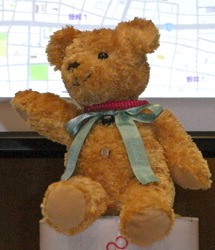 On June 3, engineers at
On June 3, engineers at 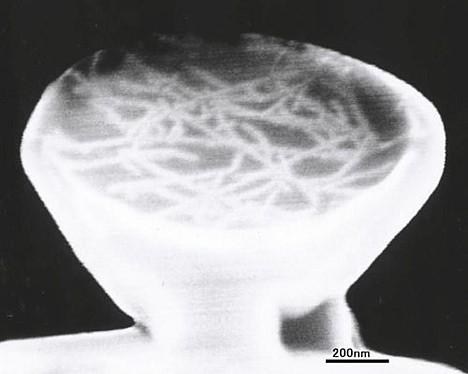
 On May 24, a 17-centimeter tall, 130-gram Panasonic Evolta battery mascot robot scaled a 500-meter cliff at the Grand Canyon in a publicity stunt to showcase the endurance of the Evolta AA alkaline battery, which the Guinness Book of World Records recently recognized as the longest-lasting of its kind. Powered by a pair of Evoltas, the robot hoisted itself up a 530-meter length of rope suspended next to the cliff, reaching the top after a grueling 6 hours and 45 minutes.
On May 24, a 17-centimeter tall, 130-gram Panasonic Evolta battery mascot robot scaled a 500-meter cliff at the Grand Canyon in a publicity stunt to showcase the endurance of the Evolta AA alkaline battery, which the Guinness Book of World Records recently recognized as the longest-lasting of its kind. Powered by a pair of Evoltas, the robot hoisted itself up a 530-meter length of rope suspended next to the cliff, reaching the top after a grueling 6 hours and 45 minutes. 




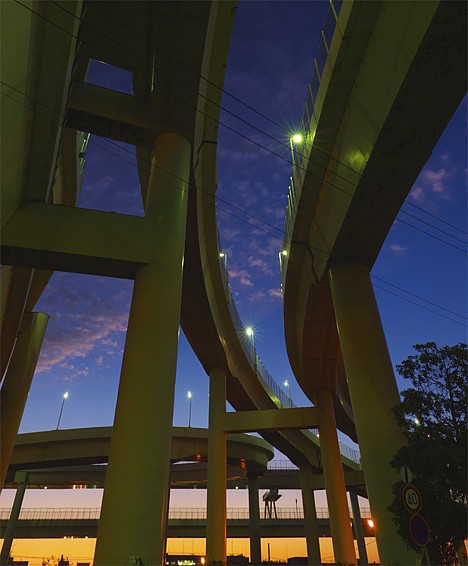

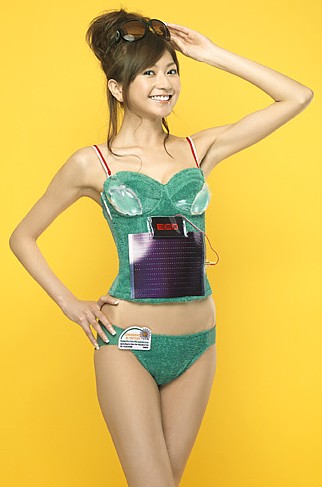 Lingerie maker
Lingerie maker